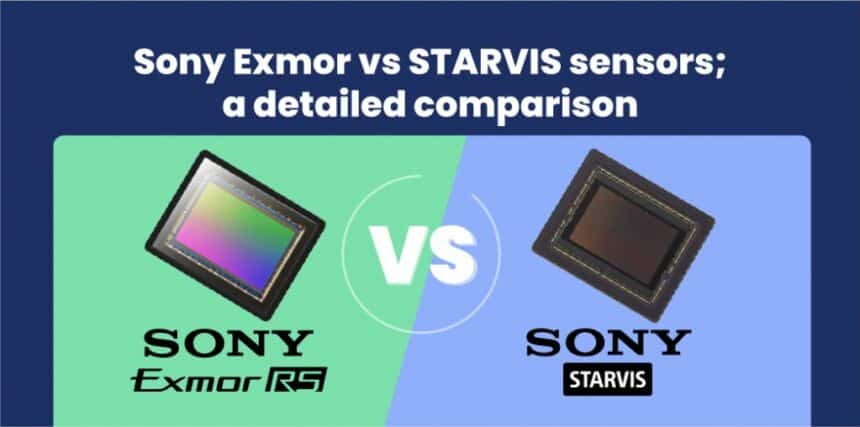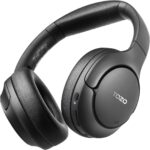When selecting an image sensor for cameras, particularly in smartphones and surveillance systems, two popular choices in the market are the Sony IMX678 and IMX415 sensors. Both sensors bring advanced features, but they cater to slightly different use cases. In this article, we will compare the sony imx678 vs imx415 specs to help you make an informed decision based on your specific needs.
Overview of Sony IMX678
Higher Resolution and Sensitivity
The Sony IMX678 is known for its high-resolution capabilities, typically found in flagship smartphones and high-end devices. With an impressive resolution of 50MP, this sensor captures detailed images, making it ideal for photography enthusiasts and professionals. The IMX678 is also designed with advanced pixel technologies, improving light sensitivity, which results in better low-light performance.
Overview of Sony IMX415
Compact and Optimized for Video
On the other hand, the Sony IMX415 is a 4K sensor widely used in dashcams, security cameras, and some mid-range smartphones. It features a 2.13MP resolution, significantly lower than the IMX678, but it excels in video recording. The IMX415 sensor is optimized for 4K video capture, making it a popular choice for applications where video clarity is a priority over still image resolution.
Resolution and Pixel Size
Sony IMX678: High-Resolution Powerhouse
With its 50MP resolution, the Sony IMX678 can produce large, detailed images. Each pixel measures 0.8μm, contributing to sharper image quality. Despite the smaller pixel size, the sensor compensates with advanced noise reduction technologies, resulting in clearer images even in challenging lighting conditions.
Sony IMX415: Focused on 4K Video
The IMX415’s 2.13MP resolution may seem modest, but its focus on video performance sets it apart. Each pixel is sized at 2.0μm, which is considerably larger than that of the IMX678. This larger pixel size enhances light capture, which is particularly beneficial for video recording in low-light environments. Although it can’t match the IMX678 in terms of still image resolution, it excels in video-centric applications.

Frame Rates and Video Capabilities
Sony IMX678: Versatile Performance
The Sony IMX678 is designed for versatility, supporting multiple video resolutions and frame rates. It can handle 4K video at up to 60 frames per second (fps) and also supports slow-motion recording in Full HD at up to 240fps. This flexibility makes it a great choice for users who want both high-quality photos and videos in a single sensor.
Sony IMX415: Optimized for High-Quality 4K Video
The IMX415 sensor shines in 4K video recording, supporting up to 60fps. This makes it perfect for high-definition video applications like security cameras, where detail and clarity are crucial. The lower resolution compared to the IMX678 is a trade-off for better video quality, particularly in low-light conditions.
Applications and Use Cases
Sony IMX678: Photography-Centric Devices
Due to its high-resolution capabilities and versatile performance, the Sony IMX678 is typically found in flagship smartphones, professional cameras, and other high-end devices. It is ideal for users who prioritize photography and want a sensor that can capture detailed, high-resolution images, along with capable video recording.
Sony IMX415: Focused on Security and Surveillance
The Sony IMX415, with its emphasis on video quality, is commonly used in security cameras, dashcams, and other video-centric devices. Its lower resolution is a trade-off for improved video performance, particularly in low-light scenarios. This makes it a great choice for environments where video clarity is more important than still image quality.
Advanced Features
Sony IMX678: AI and HDR Support
The IMX678 comes equipped with advanced features such as AI-based scene recognition and HDR (High Dynamic Range) support. These features enhance the overall image quality by intelligently adjusting settings based on the scene and capturing a broader range of light and dark details in images and videos.
Sony IMX415: High Dynamic Range
While the IMX415 may not have the AI-based features of the IMX678, it does offer HDR support, particularly in video applications. This allows the sensor to capture a wider range of colors and lighting conditions, resulting in clearer, more balanced video footage even in challenging environments.

Price and Availability
Sony IMX678: Premium Sensor
As a high-end sensor, the Sony IMX678 typically comes with a higher price tag. It is most commonly found in flagship smartphones, which can be expensive. However, the investment pays off in terms of superior image quality and performance.
Sony IMX415: Affordable and Widely Used
The Sony IMX415 is a more budget-friendly option, making it popular in mid-range devices and security systems. Its affordability, combined with its strong video performance, makes it an excellent choice for manufacturers looking to balance cost and quality.
Conclusion
In the comparison of sony imx678 vs imx415 specs, both sensors excel in their respective areas. The Sony IMX678 is the go-to choice for high-resolution photography and versatile performance, while the Sony IMX415 is tailored for video recording, particularly in low-light environments. Whether you prioritize still image quality or video performance, both sensors offer impressive capabilities. Which sensor do you think better fits your needs, the photography powerhouse Sony IMX678 or the video-optimized Sony IMX415?










